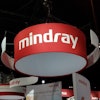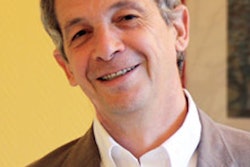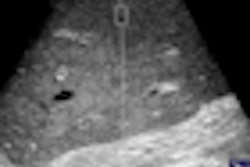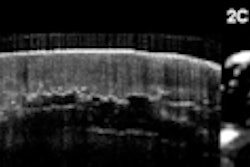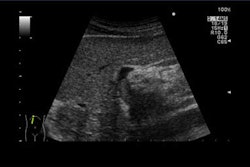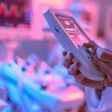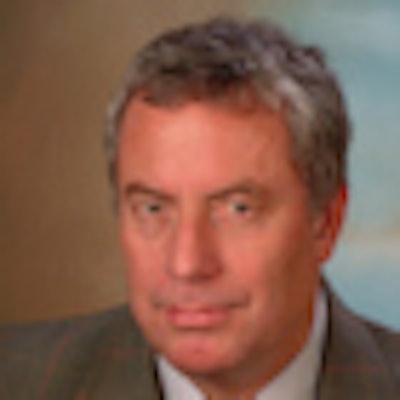
Spare a thought for Dr. Gerhard Mostbeck on the final Sunday of this month: Not only will he have a full day chairing a major medical congress, but also he will lead an enthusiastic pack of joggers on a prebreakfast 6-km run around his home city.
 The Austria Center has staged the European Congress of Radiology (ECR) since 1991, and will be the venue for the World Congress of Ultrasound in Medicine and Biology at the end of August.
The Austria Center has staged the European Congress of Radiology (ECR) since 1991, and will be the venue for the World Congress of Ultrasound in Medicine and Biology at the end of August.
Mostbeck is head of the organizing committee for the 13th World Congress of Ultrasound in Medicine and Biology, to be held in Vienna from 26 to 29 August. He plans to join other delegates on the Sono-Run, which starts at 7 a.m. on the sidewalk around the famous Ring.
"I used to run marathons, so I'd like to take part, and I've been back in training recently!" he said. "This will be a great way to see the city and start the day. It's a tradition at the Ultrasound Dreiländertreffen, and is being organized this year by Dr. Josef Deutinger from Vienna."
More than 2,000 delegates from 64 countries, including 350 invited lecturers, are expected at the congress, which is the joint meeting of the 13th World Congress of the World Federation for Ultrasound in Medicine and Biology (WFUMB), the 23rd Congress of the European Federation of Societies for Ultrasound in Medicine and Biology (EFSUMB), and the 35th Joint Meeting of the Austrian (öGUM), German (DEGUM), and Swiss (SGUM) Societies for Ultrasound in Medicine.
"I'm very positive about the future of ultrasound. Systems are becoming smaller and smaller and more portable, and it is fast becoming the front-line imaging modality," noted Mostbeck, who is chief of radiology at Vienna's Wilhelminen and Otto Wagner Hospitals. "It is important for radiologists to update their knowledge of research. We shouldn't forget about ultrasound."
A personal highlight for him will be Sunday's session about liver contrast guidelines, including discussion of the cirrhotic liver, intraoperative procedures, characterization of portal vein thrombosis, treatment monitoring, and liver transplantation. The new generation of contrast media is showing promise, but they must prove their cost-effectiveness if there is going to be more widespread reimbursement across Europe, he explained. A second guidelines session, looking at nonhepatic applications, will take place on Monday.
Mostbeck also thinks the 100 live-scanning workshops will prove to be popular and of great educational value.
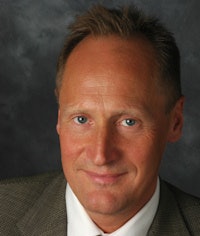
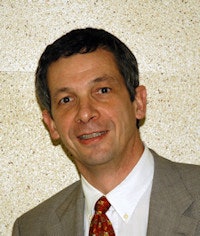
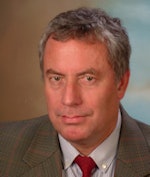 Dr. Christian P. Nolsøe from Copenhagen (left) and Dr. Michel Claudon from Nancy, France (center) are joint presidents of the world congress in Vienna, along with Dr. Gerhard Mostbeck (right).
Dr. Christian P. Nolsøe from Copenhagen (left) and Dr. Michel Claudon from Nancy, France (center) are joint presidents of the world congress in Vienna, along with Dr. Gerhard Mostbeck (right).The first WFUMB meeting took place in Vienna in June 1969, and to celebrate the congress' return to the Austrian capital, a special historical session, "How everything started: We meet our pioneers," will be held on Saturday morning, from 8:30 a.m. to noon.
Over the four days, there will be a total of 11 categorical courses, 90 refresher courses, 37 scientific sessions, and 300 poster presentations, as well as a mix of English and German sessions. Special themes will include tumor assessment with contrast-enhanced ultrasound, sports imaging, subharmonic imaging, new technology in elastography, and recent developments in breast ultrasound. Presentations on emergency ultrasound, breast ultrasound, new techniques, pediatric ultrasound, musculoskeletal ultrasound, and ultrasound in oncology and the GI tract will be delivered in English. Hands-on learning will be given, including the use of modern ultrasound simulators.
In addition to the opening concert in the Austria Center, there will be an open-air wine festival in Gumpoldskirchen, a small village to the south of Vienna, and a reception at the Viennese city hall.
For more details, visit the congress website.


